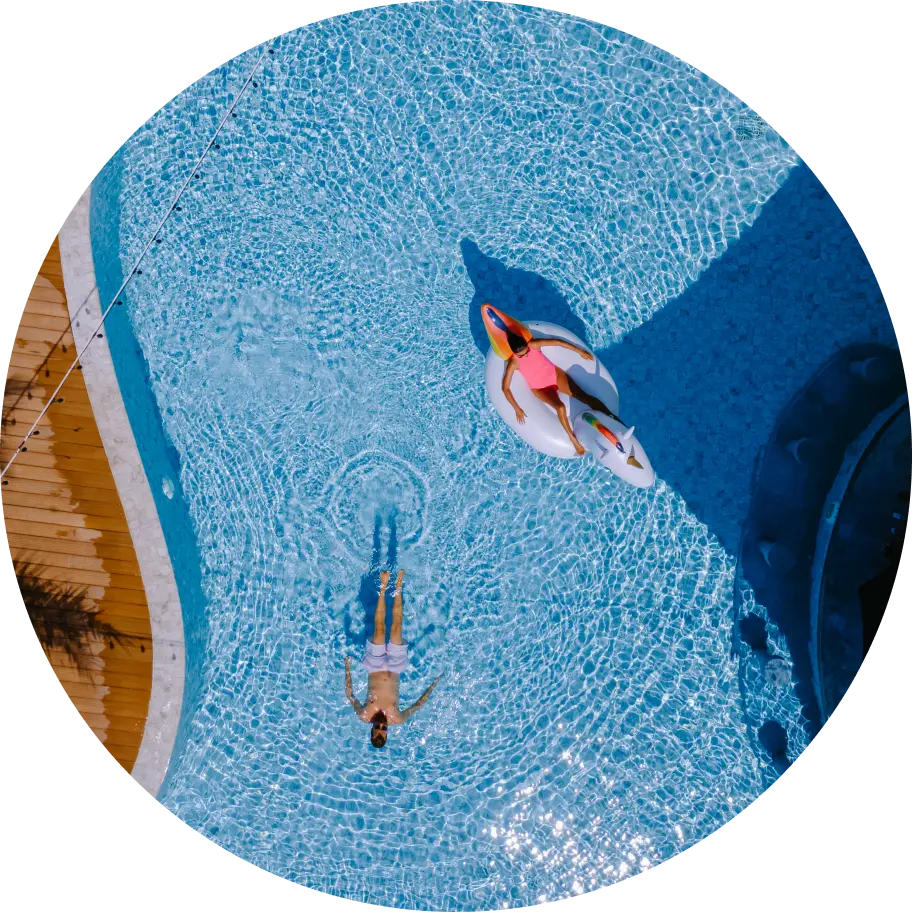ALL YOU HAVE
TO DO
IS SWIM

WHY
CHOOSE US
At Water Way Pool Service, we take the stress out of pool maintenance, so you can focus on what matters most—enjoying your pool. From routine cleaning to equipment repairs, we deliver expert care to keep your pool clean, safe, and always ready for use.
- Expertise You Can Count On: Our skilled technicians ensure your pool is in top shape year-round
- Affordable & Transparent Pricing: Clear and competitive rates, with no hidden fees.
- Exceptional Service: Reliable, hassle-free, and designed to meet your unique needs.
OUR
SERVICES
POOL CLEANING
Thorough cleaning and chemical balancing for occasional needs.
GREEN POOL CLEANUP
Restore your pool after heavy debris or algae build-up.
FILTER CLEANING
Keep your filter running efficiently with a deep clean.
CHEMICAL HELP
Quick and efficient chemical balancing.
WHY BRIGHT AND
SAFE POOL SERVICE
At Water Way Pool Service, we’re dedicated to making pool ownership effortless and enjoyable. Our goal is to ensure your pool stays crystal clear, secure, and always ready for fun. From routine maintenance to equipment checks and repairs, we deliver expert, dependable, and cost-effective care—so you can relax and focus on what matters most: enjoying your pool.

WHAT TO EXPECT
EXPERT SERVICE
Our skilled technicians are dedicated to ensuring your pool is always in top shape.
CLEAR COMMUNICATION
We’ll keep you informed every step of the way and answer any questions.
PEACE OF MIND
Whether it’s regular upkeep or an unexpected issue, we’ve got you covered with prompt and dependable service.
